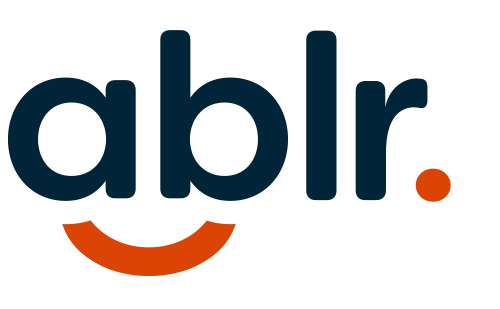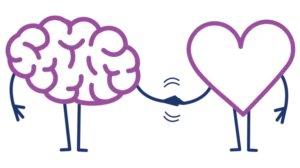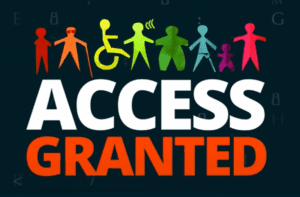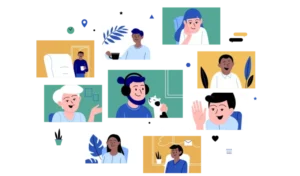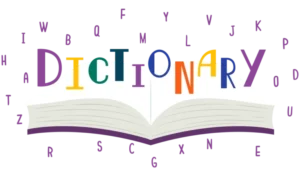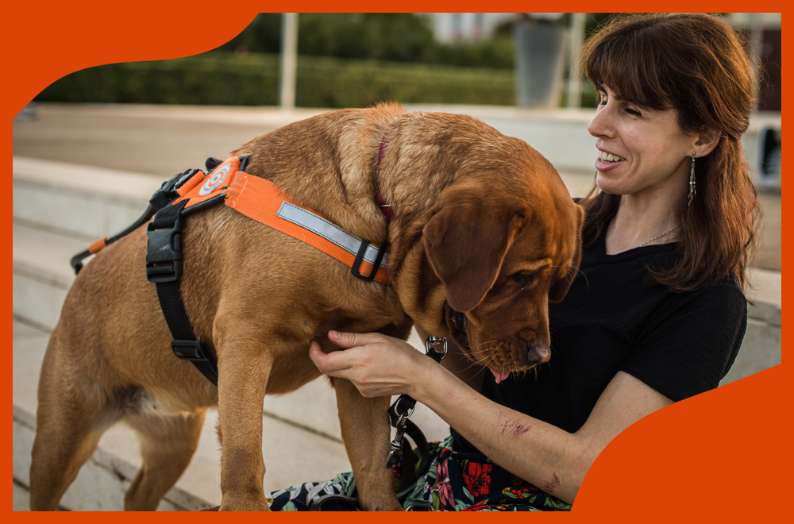“Accessibility” is a word that gets used a lot. You’ll hear it in conversations about websites, education, social media, workplaces, even music and board games. But depending on who you ask, it might mean very different things.
For some, “accessible” means a product or service includes features that make it usable by people with disabilities, such as wheelchair ramps, alt text for images, or captions on videos. For others, it means something is easy to understand or beginner-friendly. In other cases, people use it to describe how easy it is to get or find something.
That range of meanings isn’t necessarily wrong, but it can cause confusion, especially for people actively looking for accessibility in the disability inclusion sense. So, what does accessibility really mean? When should you use related terms like approachable and available? And how does it show up in different areas of life? We’ll cover all of that right here in this article.
What Does Accessibility Mean in Web Design?
In web design, accessibility means making sure websites can be used by as many people as possible, including those with disabilities. This can include:
- Providing alt text for images so screen readers can describe them.
- Using clear, descriptive headings to make content easier to navigate.
- Ensuring color choices work for people with color blindness.
- Making sure forms and buttons can be used with a keyboard, not just a mouse.
Accessible web design improves user experience for everyone and in many cases it’s also a legal requirement. As a bonus, many accessibility features (like semantic HTML and descriptive links) also improve Search Engine Optimization (SEO).
What Does Accessibility Mean on Social Media?
On social media, accessibility can be as simple as:
- Adding alt text to images.
- Writing hashtags with the first letter of each word capitalized (and only the first letter). For example, #WriteLikeThis instead of #writelikethis. This formatting makes hashtags easier for screen readers to process word by word.
- Avoiding text-only images without descriptions.
Making content accessible on social platforms not only reaches more people, it also makes your message clearer for everyone.
What Does Accessibility Mean in Education?
In education, accessibility means making sure learning materials, classrooms, and online platforms work for all students and give everyone an equal opportunity to learn and participate. That might look like:
- Offering documents in multiple formats (digital, large print, braille).
- Captioning videos for deaf or hard-of-hearing students.
- Designing lesson plans that consider different learning styles and cognitive needs.
- Providing alternatives for assignments that rely heavily on visuals or other formats that may not be accessible to all students. For example, replacing a visual analysis with a descriptive text-based alternative.
What Does Accessibility Include?
When talking about accessibility in the disability inclusion sense, it can include:
- Physical access (ramps, elevators, door widths)
- Digital access (screen reader compatibility, alt text, keyboard navigation)
- Communication access (captions, interpreters, plain-language writing)
- Sensory considerations (color contrast, reduced flashing effects)
- Social considerations (disability awareness training, inclusive customer service practices)
What Does Accessibility Mean for People with Disabilities?
This is the most formal, widely recognized meaning of accessibility: designing products, services, spaces, and content so that people with disabilities can use them independently and with dignity. It’s about removing barriers—physical, digital, and social. Physical barriers might prevent someone from entering or moving through a space. Digital barriers can make websites or apps impossible to navigate without help. Social barriers show up in attitudes, policies, or practices that exclude or disadvantage people with disabilities.
When these barriers are removed, the impact goes far beyond convenience. Accessibility means having the same opportunities as everyone else—to work, to learn, to connect, and to fully participate in the community. It supports independence, fosters equality, and improves overall quality of life. True accessibility means a world where everyone has the freedom to engage, contribute, and belong.
Accessibility vs. Approachable vs. Available
One common mix-up is that ‘accessible’ is often used where a more precise word would help.
- Accessible: Fully usable by people with disabilities.
- Approachable: Easy to understand, beginner-friendly, or enjoyable for a wide audience.
- Available: Easy to obtain or attend.
For example, saying a game is “accessible” when you mean “simple to learn” might mislead someone looking for information on whether it’s playable by someone with vision loss. Clear language can prevent frustration and help people find what they actually need.
Why Clear Language Improves Accessibility
Misusing the word “accessibility” isn’t usually intentional, but it can have big effects. A blind person searching for “accessible game reviews” might click on an article expecting disability-focused information, only to find it’s about whether newcomers will enjoy the game.
The more we use terms consistently and explain what we mean, the better experiences are for everyone.
Why Understanding Accessibility Matters
Accessibility means creating spaces, products, and content that include everyone, while also communicating clearly so people understand how to engage and participate. Whether you’re building a website, posting on social media, designing a classroom, or simply describing your work, using the right language helps everyone find the information they need.
If you mean disability inclusion, say so. If you mean beginner-friendly, call it approachable. If you mean easy to find, say available. Clear language makes the conversation around accessibility itself more accessible.
